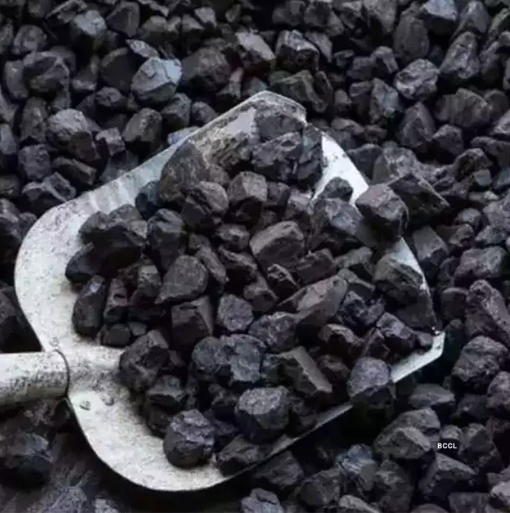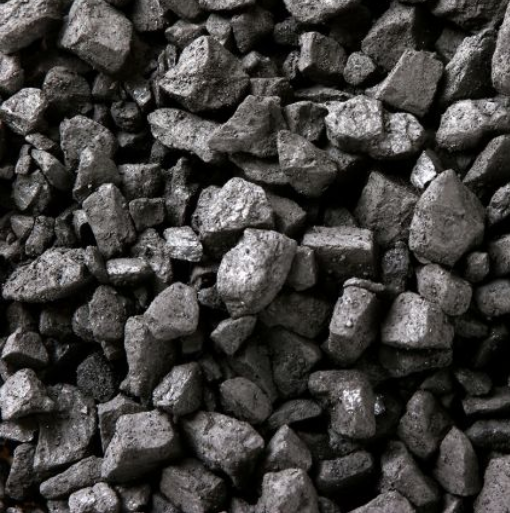coal
Coal is a combustible black or brownish-black sedimentary rock primarily composed of carbon, along with various other elements such as hydrogen, sulfur, oxygen, and nitrogen. It is formed from the remains of plants that lived and died millions of years ago and underwent a process called peatification and later coalification.
Here are key characteristics and types of coal:
-
Types of Coal:
- Anthracite: This is the highest rank of coal and has a high carbon content. It is hard, shiny, and has a high energy content. Anthracite is relatively rare and is often used in industrial applications and residential heating.
- Bituminous: Bituminous coal is the most abundant type of coal. It has a moderate to high carbon content and is commonly used for electricity generation and in industrial processes.
- Sub-bituminous: This type has a lower carbon content than bituminous coal and is commonly used for electricity generation.
- Lignite: Lignite, also known as brown coal, has the lowest carbon content among coal types. It is a soft and brownish-black coal, often used in electricity generation.
-
Formation: Coal is formed from the accumulation and decomposition of plant material in swampy environments over millions of years. The process involves the transformation of plant debris into peat, lignite, bituminous coal, and finally, anthracite, through various stages of heat and pressure.
-
Energy Content: The energy content of coal varies based on its type. Generally, coal is a significant source of energy, and it has been historically used for heating, electricity generation, and industrial processes.
-
Usage:
- Electricity Generation: Coal has been a major source of fuel for power plants, where it is burned to produce steam, which drives turbines connected to generators.
- Industrial Processes: Coal is used in various industries, including steel production, cement manufacturing, and chemical processes.
- Residential Heating: In some regions, particularly where other energy sources are less accessible or affordable, coal is still used for residential heating.
-
Environmental Impact: The burning of coal for energy generation releases carbon dioxide (CO2) and other pollutants, contributing to air pollution and climate change. Efforts to address environmental concerns have led to increased interest in cleaner energy alternatives.
-
Mining: Coal is extracted from underground mines or surface mines. Mining practices can have environmental impacts, including habitat disruption, soil erosion, and water pollution.


Office Location
Call Us
+91 93347 54475,+91 92291 24115
